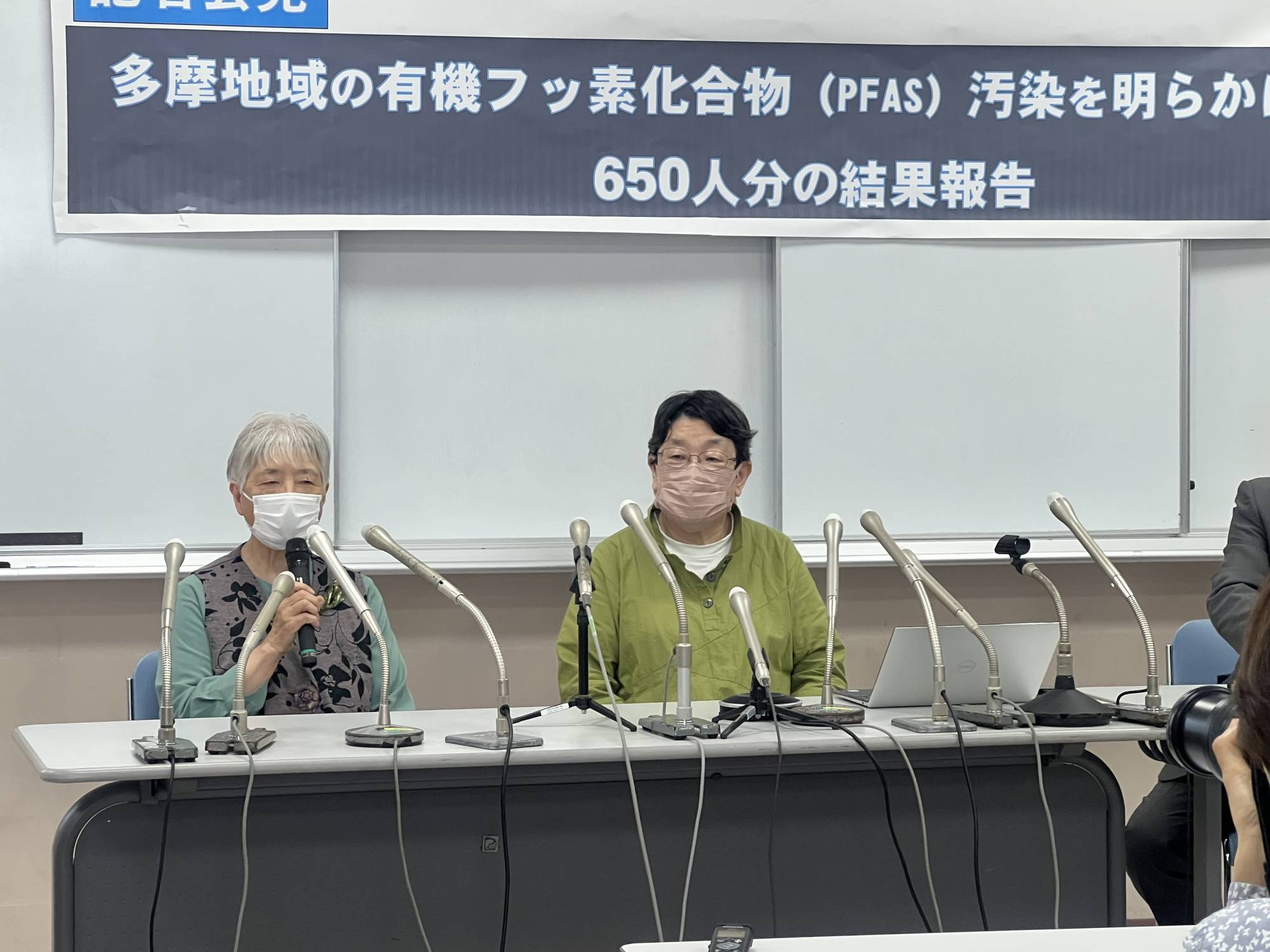A group of residents in western Tokyo checking concentrations of potentially harmful PFAS chemicals in their blood have confirmed an exposure that is 2.7 times higher than the national average and at a level that may produce long-term health effects.
According to the survey results released Thursday, which were based on blood samples of 650 residents taken between last November and March, the average exposure to the sum of four PFAS chemicals — PFOS, PFOA, PFHxS and PFNA — was 23.4 nanograms per milliliter, more than double the average of 8.7 ng/ml among 119 people tested in a 2021 pilot study by the Environment Ministry.
The average age of the 650 people, from 27 municipalities in western Tokyo, was 66.8.

















With your current subscription plan you can comment on stories. However, before writing your first comment, please create a display name in the Profile section of your subscriber account page.